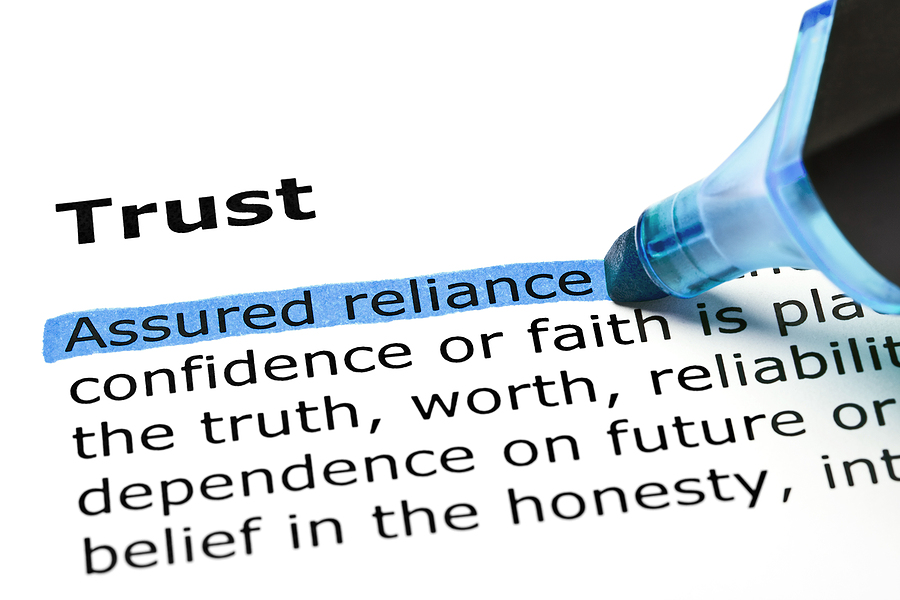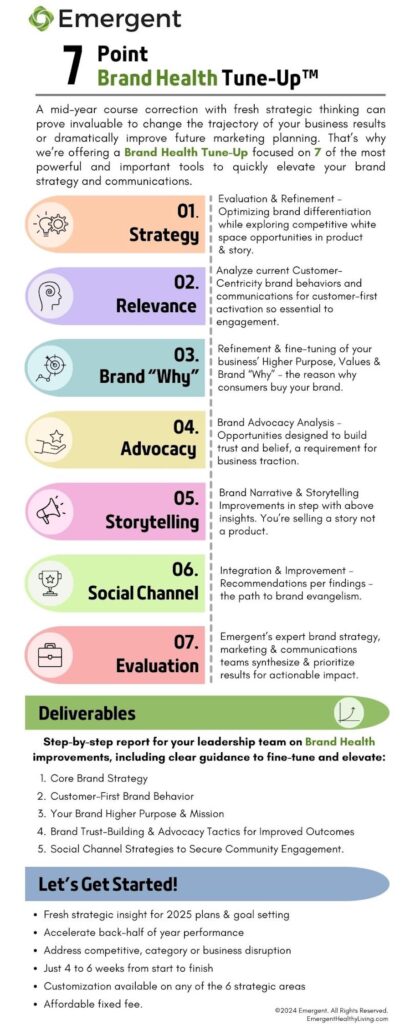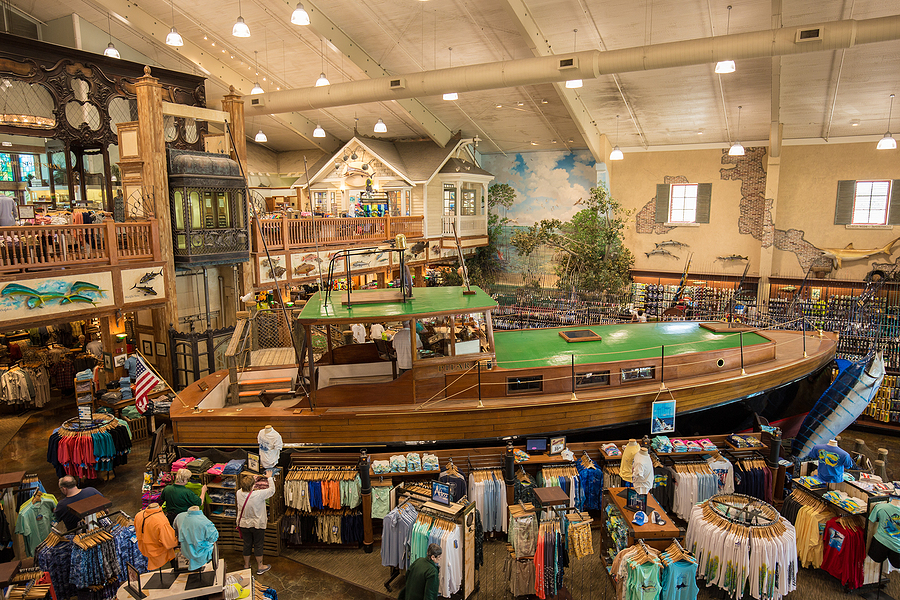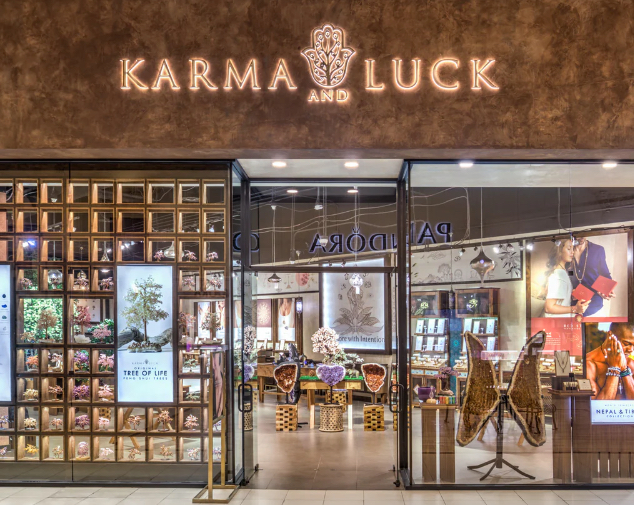
Fear Disrupts Consumer Buying Decisions
January 30th, 2025 Posted by Emergent Behavioral psychology, brand messaging, Brand trust, consumer behavior, Consumer insight, Emotional relevance, Human behavior 0 comments on “Fear Disrupts Consumer Buying Decisions”Absence of trust creates uncertainty…
What trails consumer decisions like an ever-present shadow and has profound influence on the path to purchase? Fear and risk aversion. Fear is a pervasive if unwanted participant in brand growth outcomes, one that requires a closer look. How does fear manifest?
- Fear of making a bad decision
- Fear of disappointment
- Fear of loss (or loss of control)
- Fear of disruption or change
- Fear of rejection
- Fear of the unknown or unfamiliar
This is the number one barrier to consumer buying decisions and actions for any emerging brand or product. If consumers are unsure and perceive there’s any risk involved in purchase, they invariably opt out. Why? Disappointment is an emotion people universally seek to avoid. More often than not, marketing strategies assume the consumer is primed and ready to buy as soon as “consideration” is activated through an awareness building tactic.
That approach, however, fails to account for the reality of how people think-then-behave and what’s required to intentionally displace fear with trust.
- This article is about moving past fear to embrace trust and the steps brands must undertake to earn consumer faith and belief to unleash growth and business expansion.
Why is this challenge gaining traction?
Fear breeds anxiety and uncertainty, and what do consumers treasure above all things? Certainty. Perceptions of risk are persistent and exist systemically around: what is unknown, relationships with other people, income/careers, politics and social protocols. Risk and its evil twin fear are omnipresent. In part because consumers are constantly reminded of unexpected consequences through the daily barrage of “who knew” information and negative opinions they encounter in social and digital media channels.
Origin of the anxiety build up – social media transforms passive readers into active makers
Indeed, the world was forever altered in 2007 with the game changing introduction of Apple’s iPhone and Facebook’s decision to open source their platform. This kicked off the rapid rise of social media channels as enablers of citizen journalists and soothsayers, while also unleashing armchair critics, public humiliation, ghosting, bad actor media, even turning dating rituals into an electronic catalog of human choices with often spurious selling propositions designed to trigger a risky swipe.
Big media with its legacy rules and standards of professionalism, lost control of the information age while an unintended consequence of this “always on” scrutiny spotlight emerged – increasing levels of anxiety about ourselves and the state of the world around us. People resent feeling they’re no longer in control or are potentially being manipulated.
This is the instrument that brought about a sea change in how brands are built. It presaged the modern era of brand higher purpose, meaning, beliefs and values – all human characteristics we admire, trust and respect. In sum the entire cultural shift has placed a premium on the importance of trust because the old-world paradigm of family social vigilance and the ‘village’ traditions of influence has evaporated. Trust-ology as we call it, is now a core pillar driving brand growth and evangelism, in response to correcting the growing impact of risk.
Fear as a marketing tactic
On the flip side some brands have appropriated fear as a strategy to advance their business goals by working to demonstrate various forms of loss people reap if they fail to use the promoted insurance, drug therapy, beauty product, career platform, safety device, et al. It can be a powerful tool because it hits on that sensitive nerve of deficit avoidance – whether its social, financial, physical or self-esteem. Of note, occasionally the negative sell will backfire.
Dr. James Richardson, the former Hartman Group researcher and “Cultural Anthropologist,” pens a Substack column entitled Homo Imaginari, where he published a revealing analysis on fear and the election. Here is an excerpt:
“We know that fear and humor are the primary drivers in consumer marketing, though consumer brands skew towards humor because their objective is to maximize reach in the target segment. Political ads tend to stoke fear as the critical emotional variable because fear aligns with imaginings of external threats to one’s niche lifestyle or beliefs. And fear motivates a smaller group to act immediately. Humor is more memorable than motivating.
Also, voting to protect yourself is vastly more compelling than voting to reform society (an abstraction).
The former has an immediate, albeit largely imagined, payoff. Not the latter.
America’s current political system is polarized, yes, but it is the fear-based manipulation of tiny, extreme population segments that will continue to determine many races at many levels.
This stoking of fear runs in parallel to the high baseline anxiety many of us feel due to the extreme lifestyle fragmentation all around us. If you don’t know what to say to your neighbor because you know they are gay or voluntarily childless or atheist, that mundane awkwardness exposes many of us to fear-based manipulation from bad faith media sources. When the world is genuinely confusing us, it takes little to push some into high anxiety right before election day.”
Humanization of brands helps break the grip of fear
Brands imbued with deeper meaning and values are worth more because they are trusted.
- They convey a deeper emotional thread
- They encourage a scaled community of believers
- They are more human like and thus more relate-able
- They are more culturally relevant and resonant
When honesty, integrity and operating in the consumer’s best interests are held high and canonized in brand values, trust breaks out. The impact of that is de-escalating risk, mitigating anxiety and removing barriers of hesitance on the path to purchase.
Importance of validation, verification and advocacy
Why is word of mouth the most powerful form of communication? Because people trust the voices of their peers. Important knowing brands cannot claim or invoke trust. Earning trust benefits from a brand’s ability to credibly verify their claims and commitments.
This is where outside third-party voices and respected experts can prove invaluable in authentication of what you want consumers to believe. Earned media plays a role here, too because it is widely seen as “reporting” information rather than promoting a brand’s self-interest.
Higher purpose commitments convey presence of a soul
Do brands and businesses have a soul? Fair question, and in many instances, it may be hard to detect. However, brands leaning into trust do so with more strength and power when it is the outcome of a belief system. We define this as a higher purpose and mission that operates beyond balance sheet considerations.
People want to be part of something greater than themselves, and smart brands are in a position to provide that deeper meaning. This soulful adventure makes a brand transcendent, inviting consumers to join the brand on its mission as advocates and ambassadors rather than just transactional customers. The corrosive conditions of risk and fear are in left the rearview mirror when the consumer’s welfare, growth and needs take precedence and people believe the brand has their best interests at heart.
This is the new world order for healthy brand growth. The primary benefit: risk melts away in the face of trust and belief.
If this post struck a chord about optimizing trust and belief to activate a committed community of brand believers and evangelists, us the link below to ask questions and start an informal conversation. The impact on your growth could be transformational.
Looking for more food for thought? Subscribe to the Emerging Trends Report.
Bob Wheatley is the CEO of Chicago-based Emergent. Traditional brand marketing often sidesteps more human qualities that can help consumers form an emotional bond. Yet brands yearn for authentic engagement, trust and a lasting relationship with their customers. For more information, contact Bob@Emergent-Comm.com and follow on Twitter @BobWheatley.






